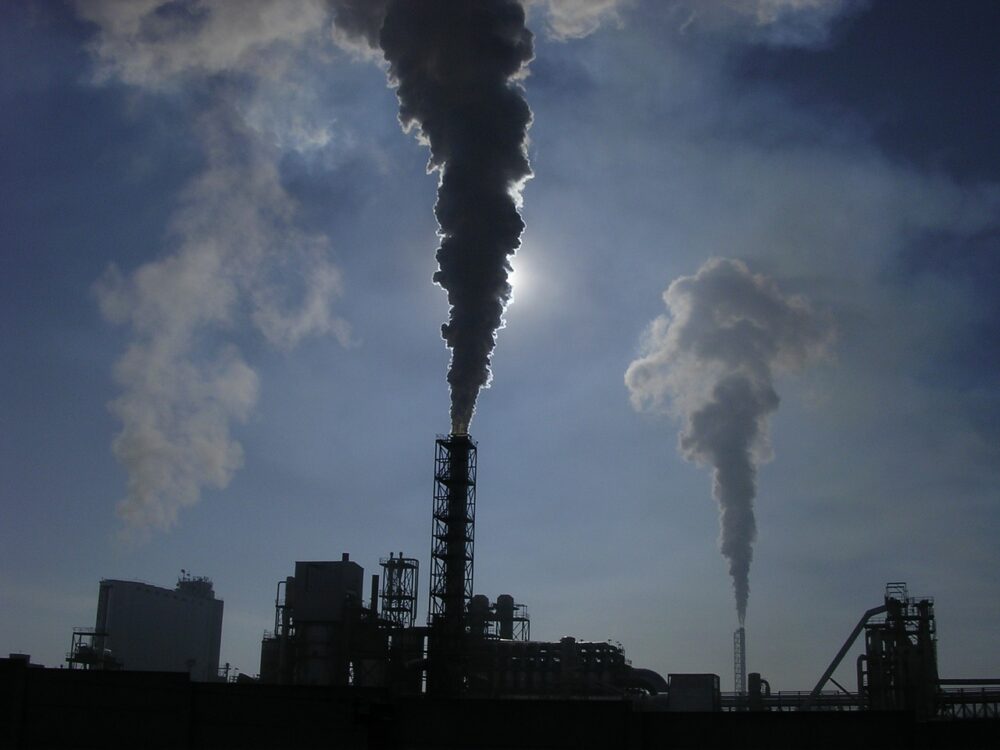
The world needs to build on the “growing momentum” behind carbon capture, utilisation and storage (CCUS), says the International Energy Agency (IEA).
A new report by the Paris-based energy watchdog, launched at event opened by Norwegian prime minister Erna Solberg, claims CCUS can play “vital roles of both reducing emissions and removing carbon from atmosphere”.
The analysis, CCUS in Clean Energy Transitions, notes that after “years of slow progress”, technologies to capture carbon emissions and store or reuse them are “gaining momentum” — a trend that will “need to accelerate significantly” for the world to achieve its energy and climate goals.
Dr Fatih Birol, IEA executive director, said: “The scale of the climate challenge means we need to act across a wide range of energy technologies.
“Carbon capture is critical for ensuring our transitions to clean energy are secure and sustainable.”
Carbon capture a ‘crucial part of reaching the net-zero emissions goals’
The report highlights CCUS as the only group of technologies that contributes both to reducing emissions in key sectors directly and to removing CO2 from the atmosphere to balance the emissions that are the hardest to prevent.
It added that this process will be a “crucial part of reaching the net-zero emissions goals” that a growing number of governments and companies have set for themselves.
As part of the IEA’s Energy Technology Perspectives Series, the watchdog said its new report is the “most comprehensive global study on CCUS to date”.
It assesses the current state of CCUS technologies and maps out the evolving and expanding role they will need to play to put global emissions on a sustainable trajectory.
The report includes a detailed analysis of CO2 emissions from power and industrial facilities in China, Europe and the US, and potential for storing them.
Norwegian government’s major CCUS funding commitment
Its release follows the Norwegian government’s major funding commitment earlier this week for a new carbon capture project to tackle emissions domestically and in neighbouring countries.
Prime Minister Solberg said: “In order to develop and deploy CCUS as a technology for the future we need investments in solutions and facilities in many regions and countries.
“CCUS will be necessary on a global scale if we are to meet the Paris Agreement. And we must start now.”

As CCUS technology continues its emergence, plans for more than 30 commercial facilities have been announced globally in the past three years.
Projects nearing a final investment decision represent an estimated potential investment of about $27bn — more than double the figure planned in 2017.
The IEA said this portfolio of projects is “increasingly diverse” and would double the amount of CO2 captured globally.
How CCUS technologies can contribute to clean energy transitions
The report sets out the four main ways that CCUS technologies contribute to clean energy transitions.
Through tackling emissions from existing energy infrastructure such as power and industrial plants, while also providing a solution for some of the most challenging emissions from heavy industries such as cement and chemicals, and aviation.
The technology can also offer a cost-effective pathway for low-carbon hydrogen production in many regions and help remove CO2 from the atmosphere.
Although CCUS facilities have been operating for decades in certain industries like natural gas and fertilisers, the report notes that they are still at an “early stage of development” in key sectors such as cement.
It notes that these are the areas where CCUS technologies are “particularly important for tackling emissions” because of a “lack of alternatives”.
Dr Birol said action from governments will be “essential for establishing a sustainable and viable market for CCUS” but that industry “must also embrace the opportunity”.
“No sector will be unaffected by clean energy transitions — and for some, including heavy industry, the value of CCUS is inescapable” he added.
“As our new report demonstrates, the IEA is committed to leading CCUS analysis and policy advice worldwide – and to bringing together governments, companies and other key players to work together to achieve our shared energy and climate goals.”






